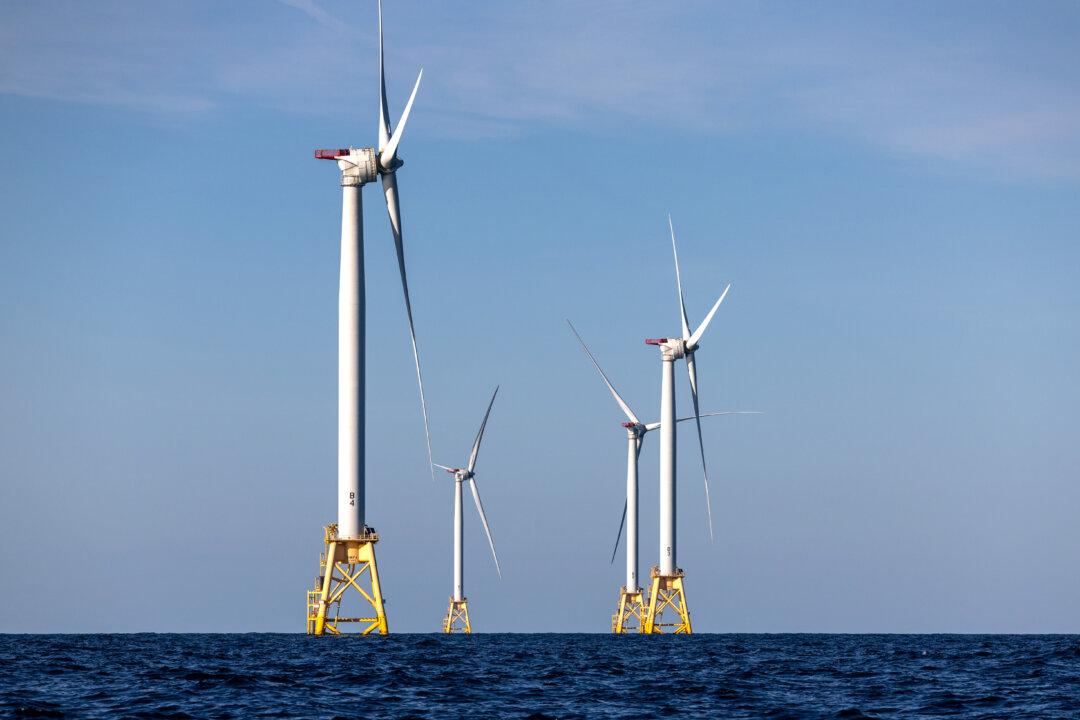The Biden administration held the first offshore wind lease sale in the Gulf of Maine on Oct. 29.
Conducted by the Bureau of Ocean Energy Management (BOEM), the sale resulted in more than $21.9 million in winning bids by two bidders, according to an Oct. 29 statement from the Department of the Interior.





